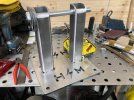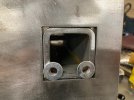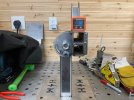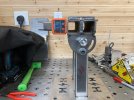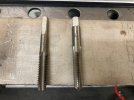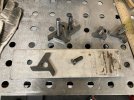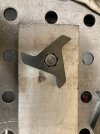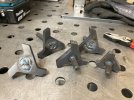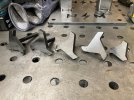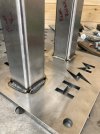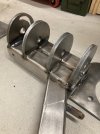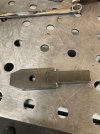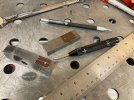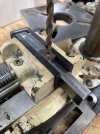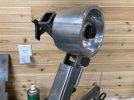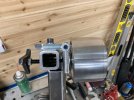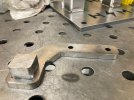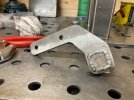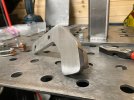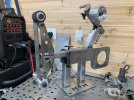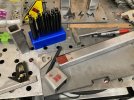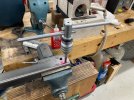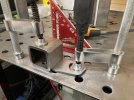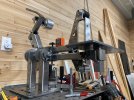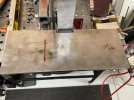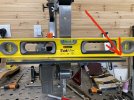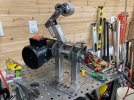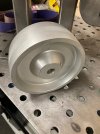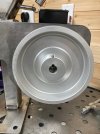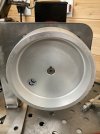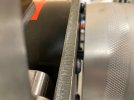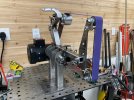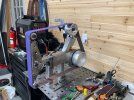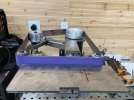- Joined
- Jan 6, 2022
- Messages
- 475
This is the path I chose to take, and I think there are enough new guys like me out there that might benefit from knowing that there is another high quality, made in USA option out there that doesn't require selling a kidney to have. I'm not sponsored or affiliated by anyone in anyway, and I purchased everything you'll see with my own money. I'm just a guy with an interest and now a habit, and since I can't contribute to this site with gorgeous knives yet, I want to with this experience. I'm not going to go through all of the steps or instructions, because it's all available for anyone that buys the kit, but rather an extended summary to show a bit of me fabbing up my own and sharing the process and features that convinced me to try this out instead of buying a turnkey grinder. To date I've never sold a knife & I've never done a WIP, so be gentle.
The tooling required to build it is likely things you already have, and if you don't you will use it beyond this grinder build, so it is all good money spent. The welding may be a dealbreaker for some but it's all easy stitching, and if you have been wanting a welder this is a golden opportunity to pull the trigger on that, too! You can have a welder + 2x72 grinder for under 2K. Not too shabby.
Brian Housewert is the creator of the plans, cut kit, and outstanding YouTube video instructional series for this grinder. Since I can't link anything, you will have to search stuff out, but when you find his site you will find access to everything related to the build, and many more resources. I am very impressed with Brian's operation, and the interactions I've had with him are genuine and professional. This is his baby, and it shows in all of the work he has done to make this kit affordable and easy to fab up.
Enough with the intro. Screw it, let's do it!
The tooling required to build it is likely things you already have, and if you don't you will use it beyond this grinder build, so it is all good money spent. The welding may be a dealbreaker for some but it's all easy stitching, and if you have been wanting a welder this is a golden opportunity to pull the trigger on that, too! You can have a welder + 2x72 grinder for under 2K. Not too shabby.
Brian Housewert is the creator of the plans, cut kit, and outstanding YouTube video instructional series for this grinder. Since I can't link anything, you will have to search stuff out, but when you find his site you will find access to everything related to the build, and many more resources. I am very impressed with Brian's operation, and the interactions I've had with him are genuine and professional. This is his baby, and it shows in all of the work he has done to make this kit affordable and easy to fab up.
Enough with the intro. Screw it, let's do it!

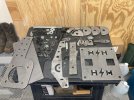
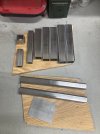
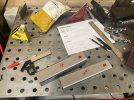
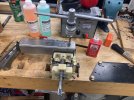
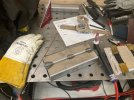
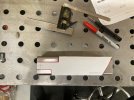
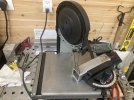
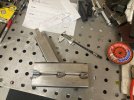
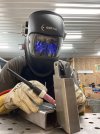
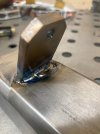
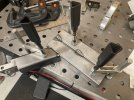
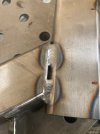
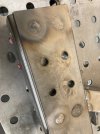
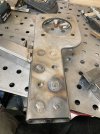
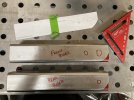
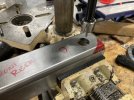
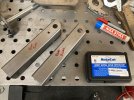
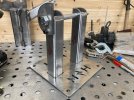
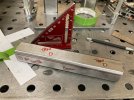
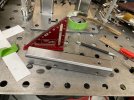
![IMG_0306[2868].jpg IMG_0306[2868].jpg](https://www.bladeforums.com/data/attachments/1599/1599661-377b93cb8d127045e10d98eccd16c454.jpg)
